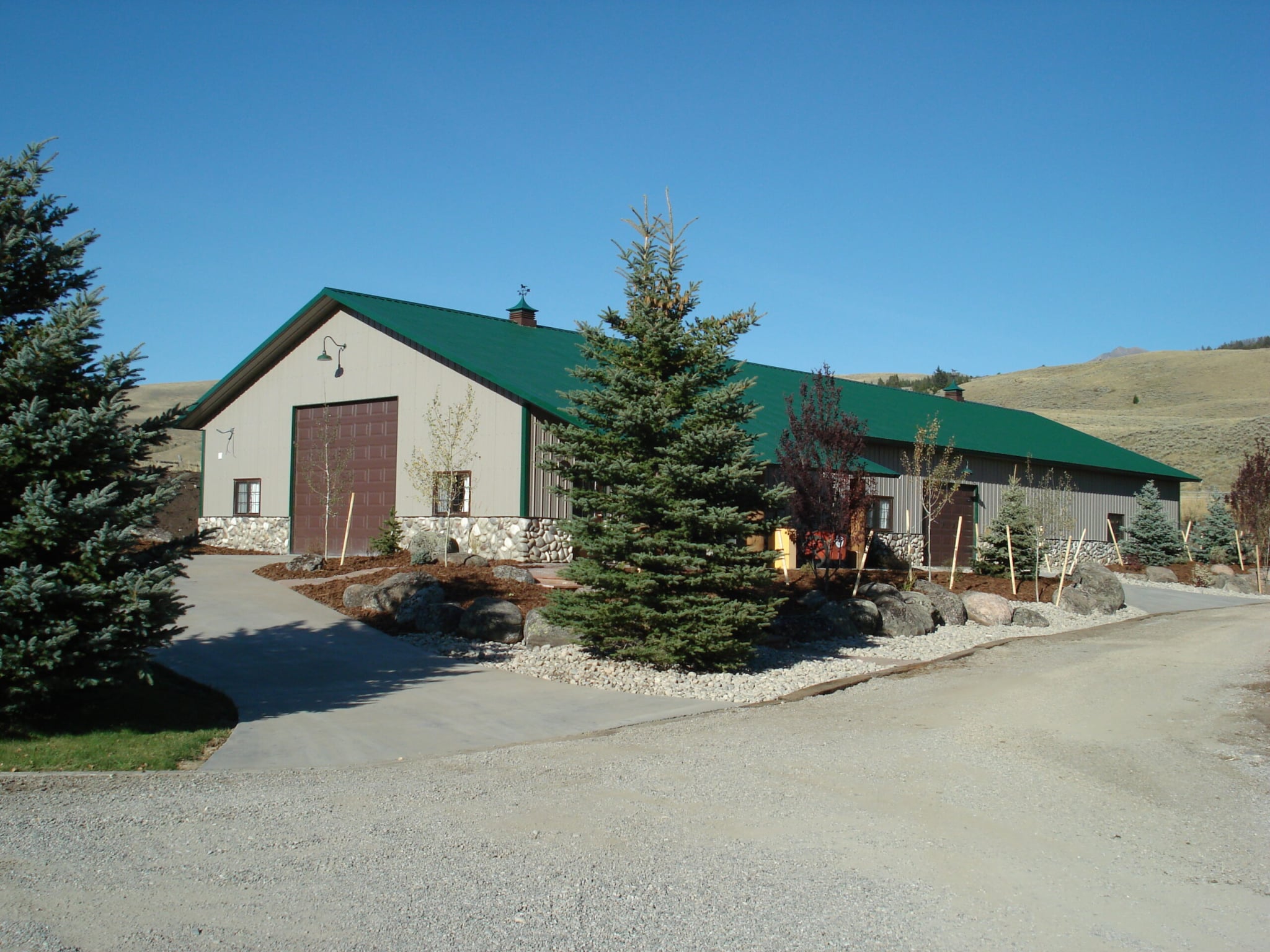The Benefits of Cold-Formed Steel Building Systems vs. Traditional Wood-Framed Buildings
When it comes to construction, choosing the right framing material is critical for the durability, efficiency, and cost-effectiveness of a project. Traditionally, wood framing has been the go-to option for residential and light commercial buildings. However, Cold-Formed Steel (CFS) building systems are rapidly gaining traction as a superior alternative. In this blog, we will explore the benefits of CFS and why it is emerging as the preferred choice over traditional wood framing.
Strength and Durability
One of the most significant advantages of CFS over wood is its exceptional strength and durability. Cold-formed steel has a high strength-to-weight ratio, making it capable of supporting larger loads without adding excessive weight to the structure. Unlike wood, CFS does not warp, crack, or shrink over time, ensuring long-term structural integrity. Additionally, steel is resistant to termites, mold, and rot, which can significantly impact the lifespan of a wood-framed building. CFS is also manufactured as heavy gauge and fully galvanized to G90 standards, providing enhanced protection against corrosion and ensuring longevity in various environmental conditions.
Fire Resistance
Fire safety is a major concern in building design, and CFS provides a significant advantage over wood. Steel is non-combustible, meaning it does not contribute to the spread of fire. Wood-framed structures, on the other hand, are highly flammable and can be a significant fire hazard. Many building codes require additional fireproofing measures for wood structures, which can add to construction costs. Using CFS can reduce the need for these extra fireproofing measures, leading to safer and more cost-effective buildings.
Sustainability and Environmental Benefits
Cold-formed steel is one of the most sustainable building materials available. It is 100% recyclable and often made from recycled content, reducing the environmental impact of construction. In contrast, wood framing relies on deforestation, which contributes to habitat loss and climate change. Additionally, CFS construction produces less waste compared to wood framing, as steel components are pre-engineered and cut to precise specifications, minimizing excess material.
Cost Efficiency
While the initial material cost of CFS may be slightly higher than wood, the overall cost efficiency of steel framing is superior. Steel framing reduces labor costs due to its precision-engineered components that are easy to assemble. Unlike wood, which may require on-site adjustments, steel components arrive pre-cut and ready for installation, reducing construction time. Additionally, the longevity and low maintenance requirements of CFS result in significant long-term savings, making it a smart investment.
Consistency and Quality Control
Wood is a natural material and is subject to variations in quality, such as knots, warping, and moisture content. These inconsistencies can lead to structural weaknesses and construction delays. In contrast, CFS is manufactured under strict quality controls, ensuring uniformity in every piece. This consistency leads to more predictable performance, fewer construction errors, and a higher-quality finished product.
Design Flexibility
CFS offers excellent design flexibility, allowing for more innovative architectural designs. Because of its strength, steel framing enables larger open spaces without the need for additional support columns. This makes it an ideal choice for modern residential, commercial, and industrial buildings where open-concept designs are preferred. Additionally, CFS is compatible with various exterior and interior finishes, providing builders and designers with greater creative freedom.
Resistance to Natural Disasters
Cold-formed steel performs exceptionally well in regions prone to extreme weather conditions such as hurricanes, earthquakes, and high winds. Steel’s high tensile strength and ductility allow it to withstand seismic activity and resist strong winds far better than wood. Many building codes are now recognizing CFS as a safer alternative in disaster-prone areas due to its resilience and reliability.
Conclusion
Cold-formed steel building systems offer numerous advantages over traditional wood-framed buildings, including superior strength, fire resistance, sustainability, cost efficiency, and resilience to natural disasters. As construction technology advances, more builders and developers are recognizing the long-term benefits of CFS. While wood framing has been a staple for many years, the future of construction is shifting towards stronger, safer, and more sustainable materials like cold-formed steel.
If you are considering a new construction project, exploring the advantages of CFS could be a game-changer for your building’s durability, efficiency, and overall performance.
